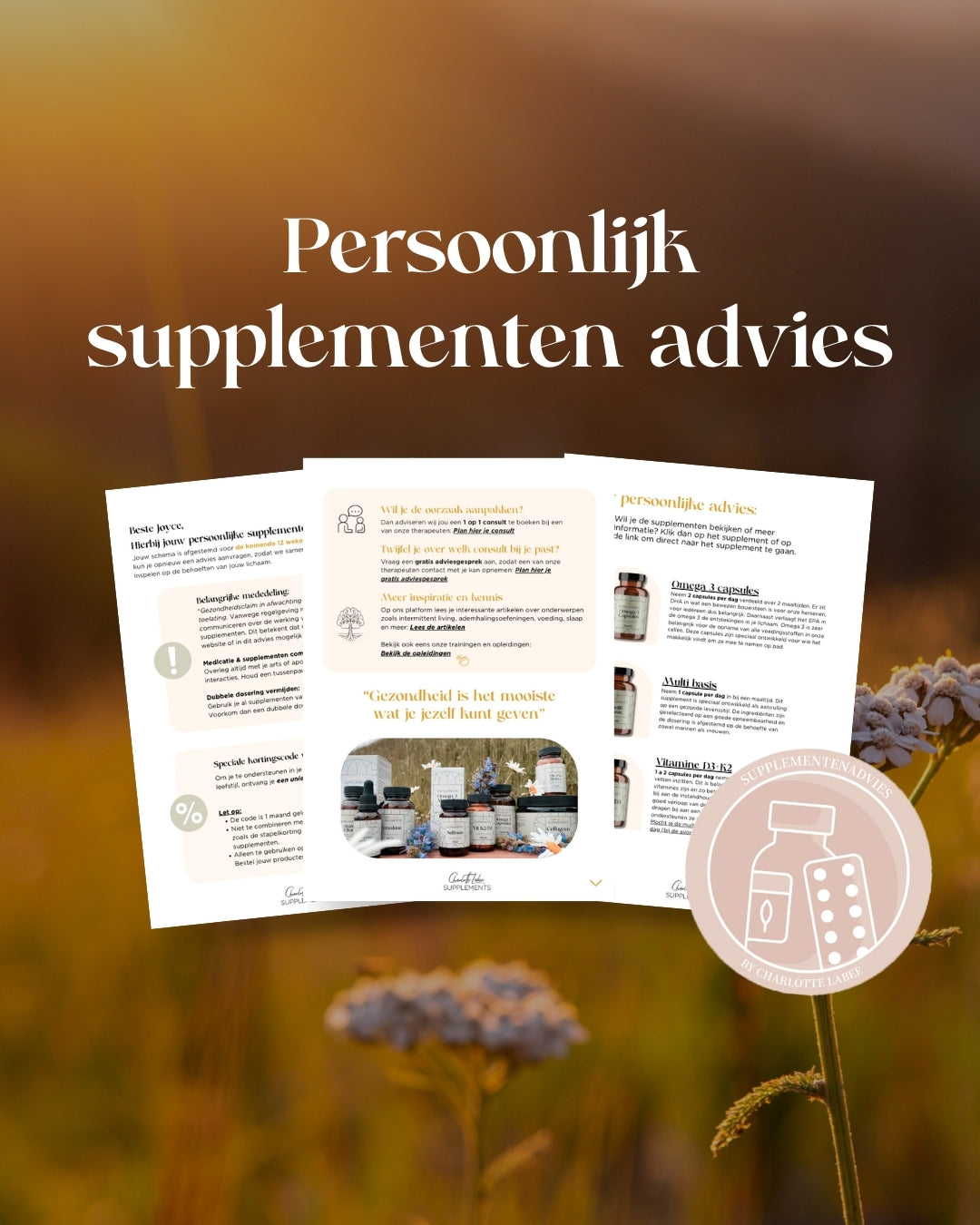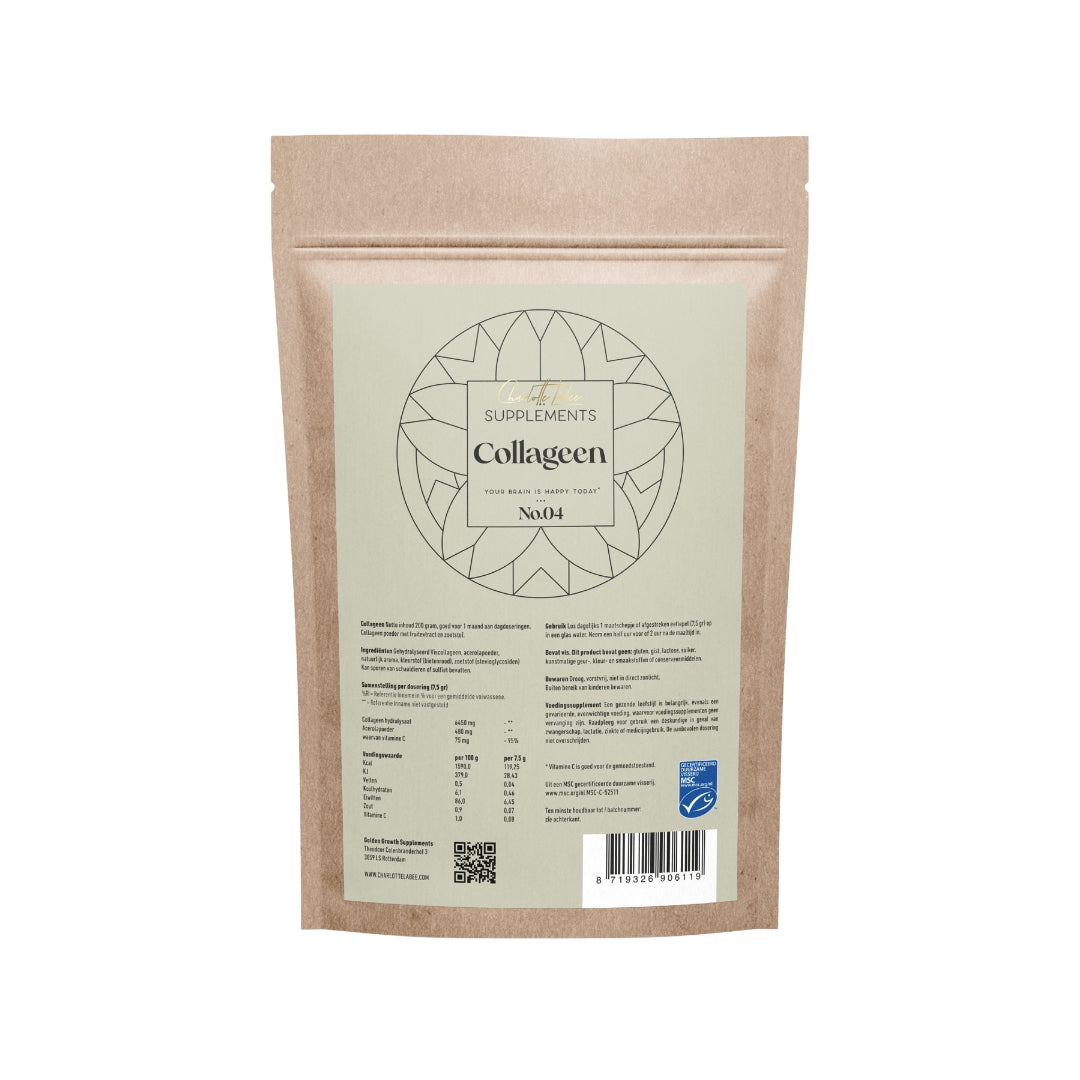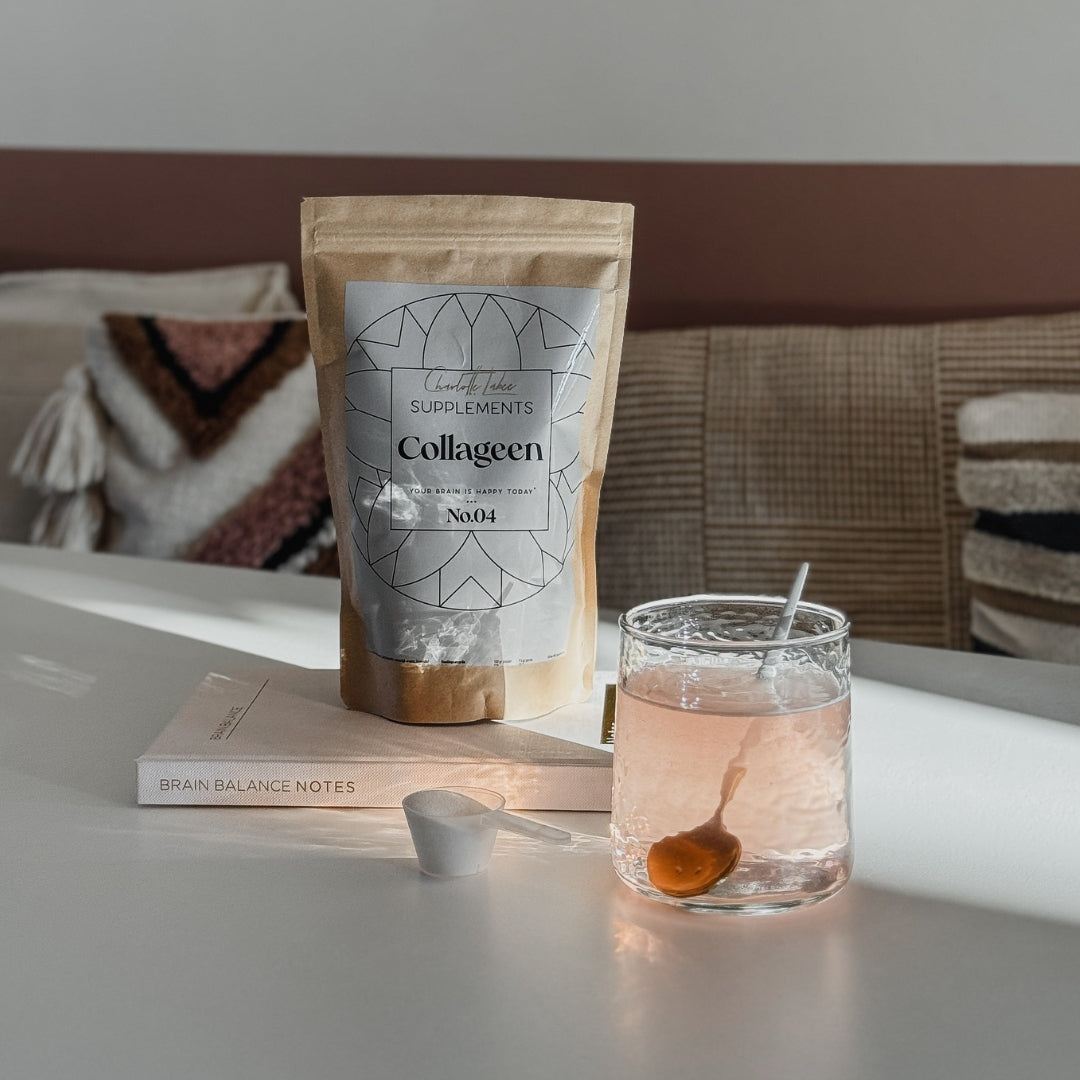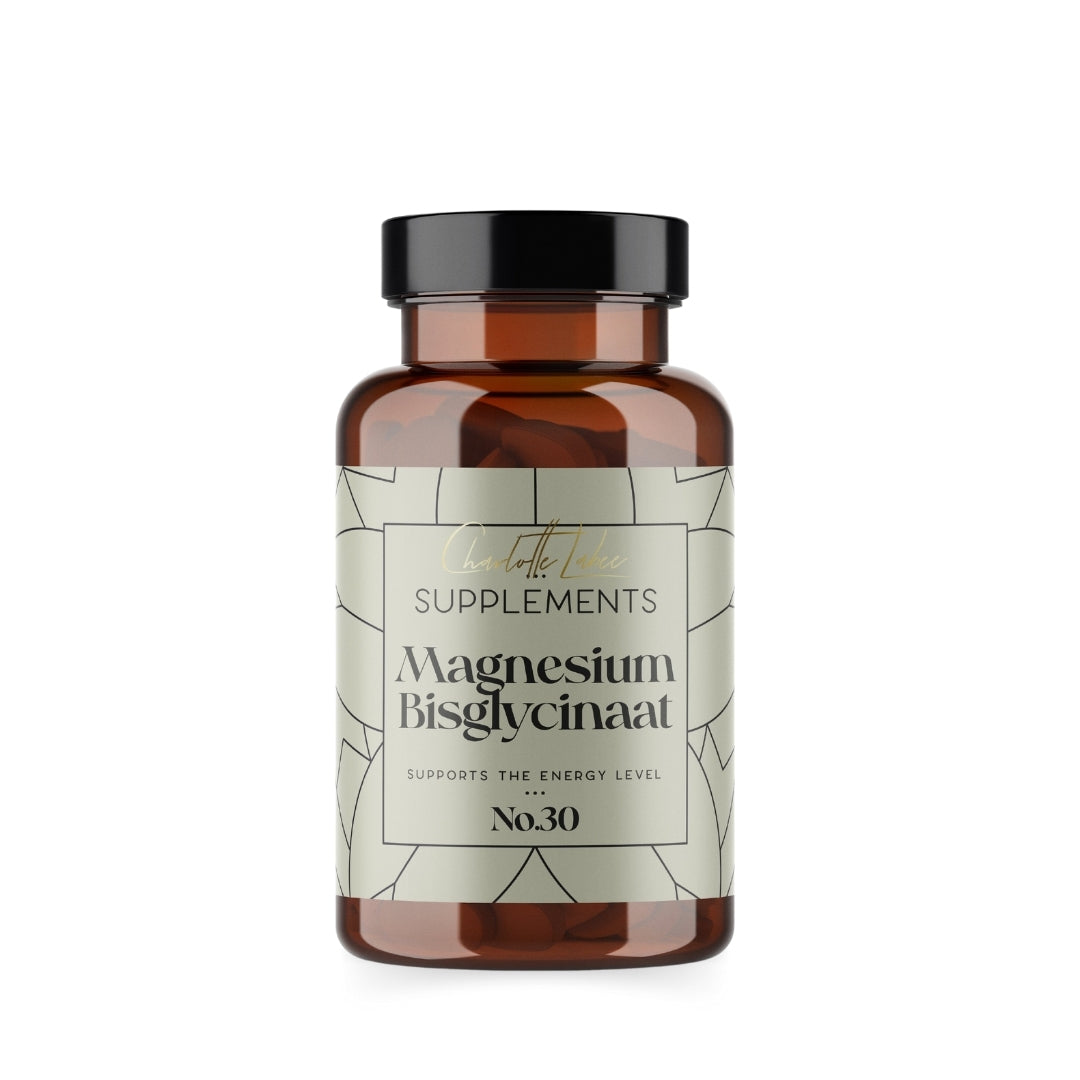Matcha thee, we horen er steeds meer over en dat is niet voor niets! Matcha is groene thee poeder en anders dan bij groene thee laat je geen theebladeren trekken, maar los je de matcha op in heet water. Vraag jij je weleens af waarom matcha steeds populairder wordt en of je een glas groene thee niet gewoon dezelfde voordelen heeft? We vertellen er meer over in deze blog!
Hoe worden groene thee en matcha geproduceerd?
Groene thee, een traditionele favoriet, maakt al eeuwenlang deel uit van verschillende culturen, vooral in Azië. Groene thee wordt gemaakt van de bladeren van de Camellia sinensis-plant en ondergaat minimale oxidatie tijdens het productieproces, waardoor het zijn karakteristieke smaak én voedingsstoffen behoudt.
Matcha thee gaat een stap verder dan groene thee omdat het gemaakt wordt van schaduwgegroeide theeblaadjes die tot een fijn poeder worden gemalen. Deze specifieke productiemethode zorgt voor een nóg hogere concentratie aan voedingsstoffen. Meer voordelen over matcha lees je hier.
Groene thee vs. Matcha thee
Beide theesoorten bevatten antioxidanten, die vele gezondheidsvoordelen hebben. Meer daarover lees je hier.
Zowel groene thee als matcha bevatten met name catechinen, natuurlijke antioxidanten die celschade helpen voorkomen en andere voordelen bieden. Het grote verschil zit echter in de bereidingswijze. Bij groene thee gooi je de theeblaadjes na het trekken weg. Bij matcha thee zijn de theebladeren verwerkt tot fijn poeder, welke je oplost in heet water of bijvoorbeeld een plantaardige melk. Je krijgt de antioxidanten daarmee dus volledig binnen!
Een ander verschil is de smaak. Daar waar groene thee een lichtfrisse smaak heeft, is matcha thee aardser van smaak, iets bitter en met een lichtzoete nasmaak. Daarnaast kan matcha poeder ook goed worden gemengd met (plantaardige) melksoorten, wat zorgt voor een zachte en fluweelachtige smaak.
De grootste verschillen tussen groene thee en matcha thee zijn dus:
- De manier waarop het wordt verbouwd en geproduceerd.
- De manier waarop de thee wordt gezet.
- De hoeveelheid voedingsstoffen die je binnenkrijgt.
- De smaak van de thee.









